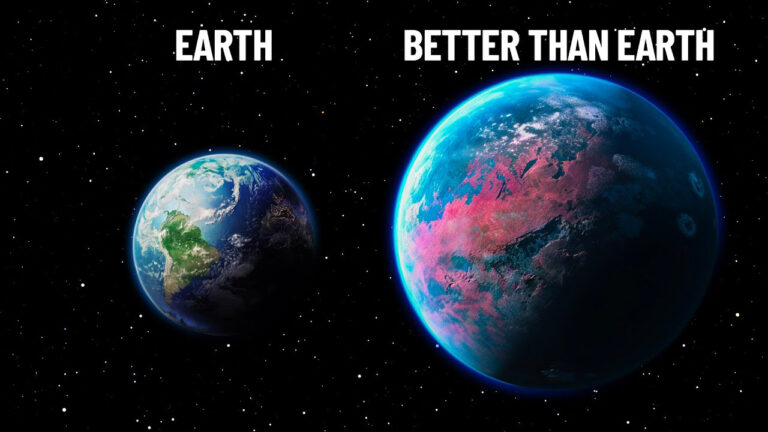Scientists Discovered an Exoplanet That Could Host Life
K2-18b is an exoplanet located in the constellation Leo. It was discovered by NASA’s Kepler Space Telescope during its K2 mission, which aimed to find exoplanets by observing the periodic dimming of stars as planets pass in front of them (transits). K2-18b is particularly notable because it lies within the habitable zone of its host star, K2-18, also known as EPIC 201912552.
The habitable zone, often referred to as the “Goldilocks zone,” is the region around a star where conditions might be right for liquid water to exist on the surface of a planet. The presence of liquid water is considered a key ingredient for the potential development of life as we know it.
K2-18b is a super-Earth, which means it is larger than Earth but smaller than gas giants like Jupiter. It has a radius about 2.7 times that of Earth and is located approximately 124 light-years away from us. The exoplanet’s mass, composition, and atmospheric properties have been the subject of scientific interest and study because it represents a unique opportunity to investigate the atmospheres of exoplanets, potentially including the detection of biomarkers or signs of habitability.
Studies of K2-18b have suggested that it might have a thick atmosphere and could potentially have conditions suitable for liquid water, but it’s important to note that more research is needed to understand the planet better, including its exact atmospheric composition and whether it has the necessary conditions for life.
120 light-years from us, there is an exoplanet that can potentially host life. It’s called K2-18b, and it’s the world you’d want to visit. K2-18b isn’t exactly like Earth. It’s more like a Super-Earth. Yeah, it’s 2.6 times larger and almost nine times more massive than our planet.
Do not forget to share your opinion with us to provide you with the best posts !




0 Comments